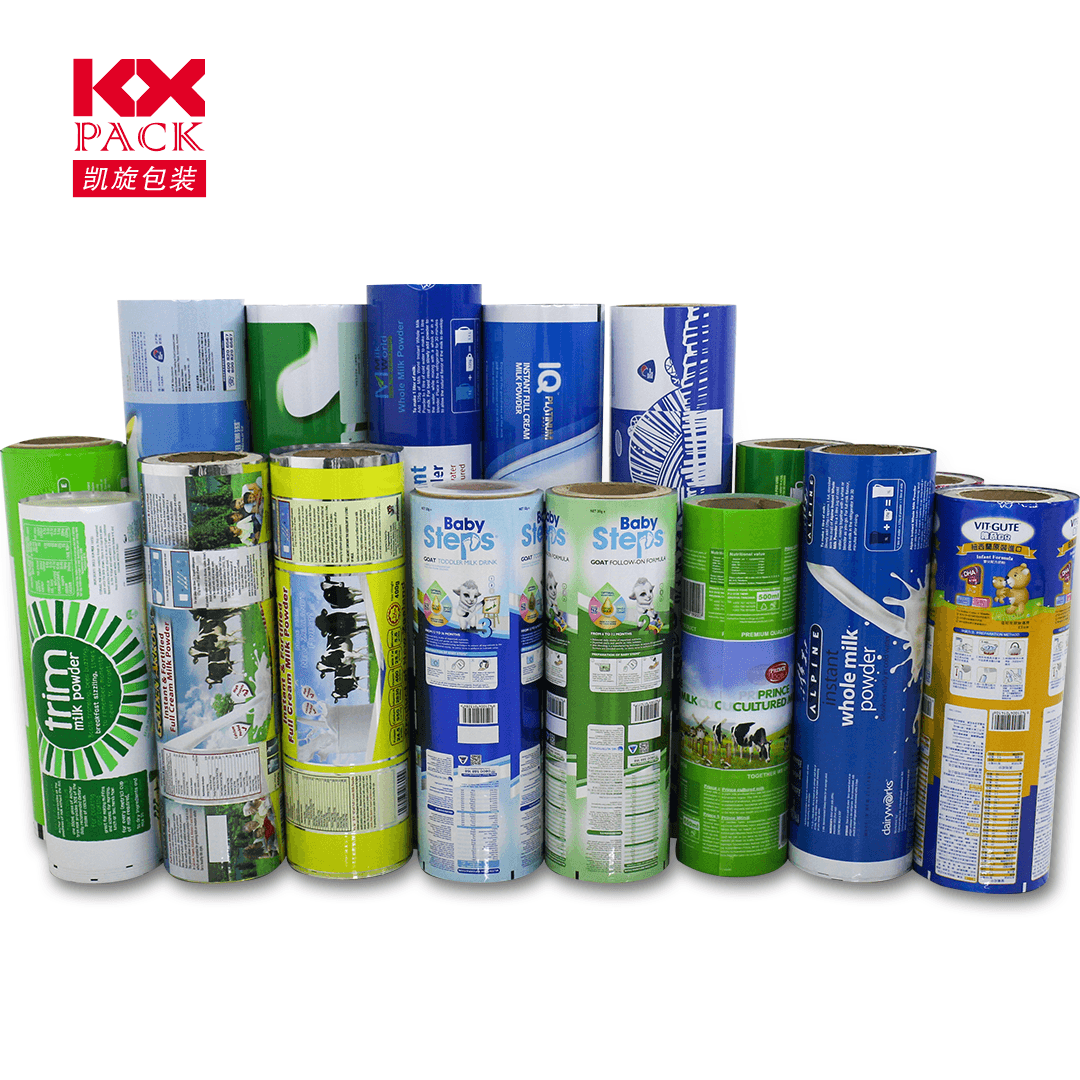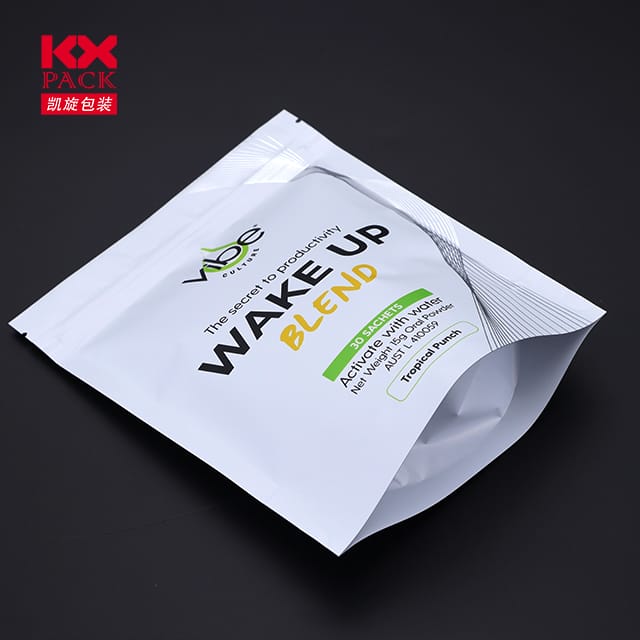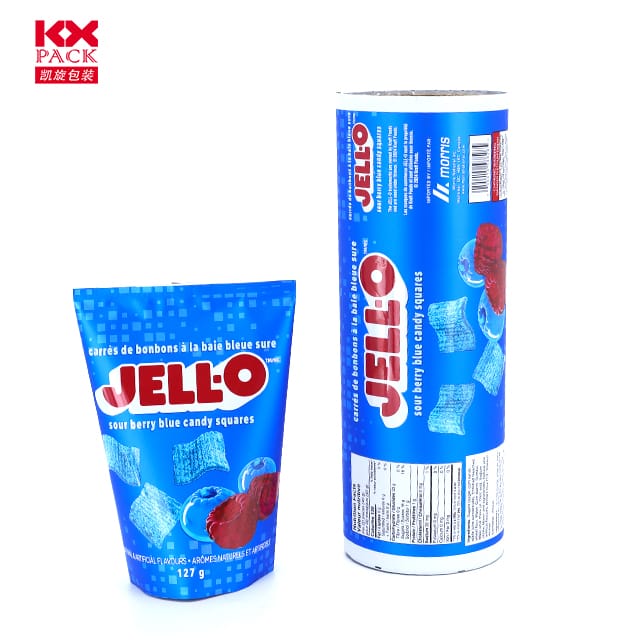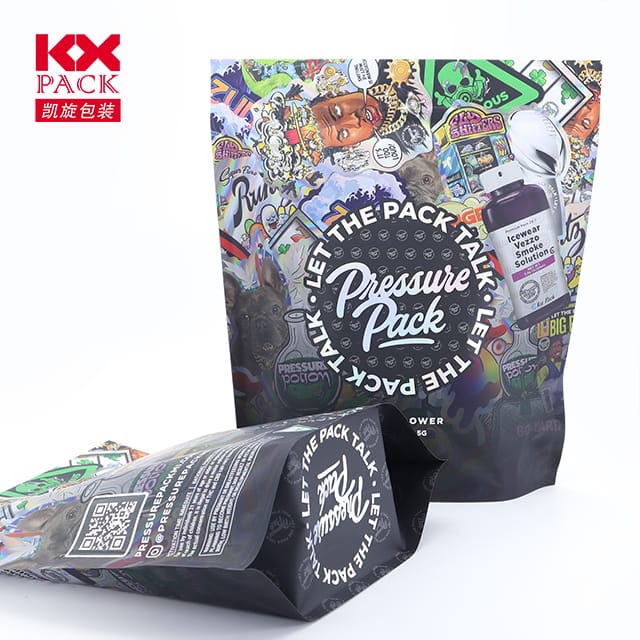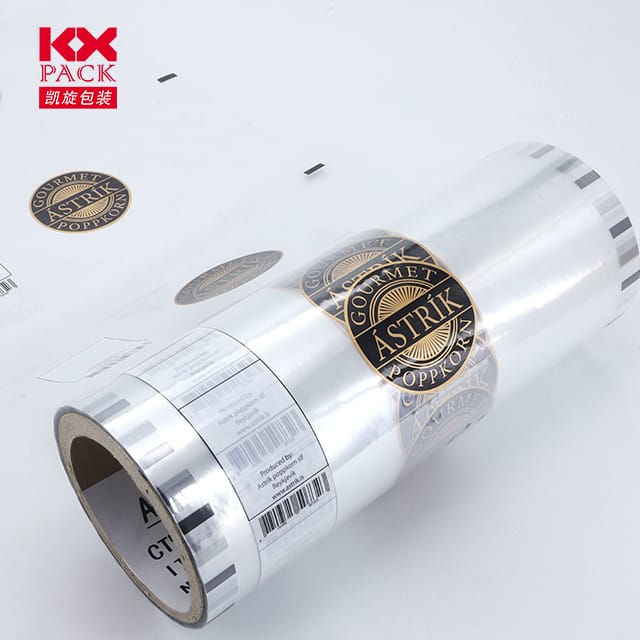Eksplore mond lan divès kalite fim anbalaj fleksib: Yon Gid konplè
Kalite fim anbalaj fleksib
Nan mache konsomatè rapid-ritm jodi a, fim anbalaj fleksib vin endispansab pou konsève fraîcheur, pwolonje lavi etajè, ak amelyore atire pwodwi yo. Soti nan ti goute ak bwason ak pharmaceutique ak elektwonik, materyèl sa yo versatile adapte ak aplikasyon inonbrabl. Men, ak anpil opsyon ki disponib, ki jan ou chwazi kalite ki apwopriye pou bezwen ou yo? Ann plonje nan pi komen ankalite fim anbalaj fleksib, pwopriyete yo, ak ka itilizasyon ideyal.
1. Polyethylene (PE) Fim: Chanpyon pou tout objektif la
Polyethylene se youn nan materyèl ki pi lajman itilize nan anbalaj fleksib akòz abòdab li yo, fleksibilite, ak rezistans imidite. Li vini nan twa variantes prensipal:
- Polyethylene ki ba-dansite (LDPE): Mou ak transparan, LDPE pafè pou sache manje, retresi vlope, ak anbalaj ki lejè.
- Polyethylene segondè-dansite (HDPE): Pi fò ak plis rijid, HDPE se ideyal pou aplikasyon lou tankou sache makèt, sak detèjan, ak revètman endistriyèl.(Kalite fim anbalaj fleksib)
- Lineyè polietilèn ba-dansite (LLDPE): Konbine pi bon nan tou de mond ak rezistans pike amelyore ak stretchability, fè li gwo pou manje nan frizè ak fim agrikòl.
Pi bon pou: Byen pou konsomatè chak jou, pwodui fre, ak pwodwi imidite-sansib.
2. Polypropylène (PP) Fim: Klè ak fòs konbine
Fim polypropylène yo konnen pou klète ekselan optik yo, rezistans chalè, ak pwopriyete baryè. Yo vini nan de fòm prensipal yo:
- Polipropilèn biaxially oryante (Bopp): Sa a extensible, fim briyan se yon chwa pi wo pou anbalaj goute, etikèt, ak laminates akòz gwo fòs rupture li yo ak enprime.
- Polypropylène jete (CPP): Dous ak plis chalè-sele pase BOPP, CPP yo souvan itilize nan anbalaj manje, anbalaj medikal, ak twal twal.
Pi bon pou: Anbalaj segondè-vizibilite, manje mikwo ond, ak pwodwi ki mande yon gade prim.
3. Polyester (PET) Fim: Dirab ak baryè-enhanced
Fim Polyester, patikilyèmanbiaxially oryante polyethylene terephthalate (BOPET), ofri fòs eksepsyonèl, rezistans chimik, ak pwopriyete baryè gaz. Yo souvan laminated ak lòt materyèl yo kreye estrikti milti-kouch.
Karakteristik kle yo:
- Segondè fòs rupture
- Rezistans nan lwil, asid, ak limyè UV
- Ekselan oksijèn ak imidite baryè lè yo konbine avèk kouch oswa papye aliminyòm
Pi bon pou: Boutèy bwason, anbalaj kafe, elektwonik, ak pharmaceutique.
4. Polyamid (Nylon) Fim: Fleksibilite satisfè rezistans ponksyon
Fim poliamid, tankounilon 6 oswa nilon 6,6, yo presye pou severite yo ak kapasite yo kenbe tèt ak repete flechi san yo pa chire. Yo souvan itilize nan anbalaj vakyòm ak sak retort (pou manje esterilize).
Karakteristik kle yo:
- Segondè rezistans twou
- Ekselan pwopriyete baryè oksijèn
- Chalè ki reziste pou pwosesis retòt
Pi bon pou: Anbalaj vyann, fwomaj, manje pare pou manje, ak aparèy medikal.
5. Plastifye papye aliminyòm: Ultim pwoteksyon baryè
Lè ultim pwoteksyon kont limyè, oksijèn, ak imidite obligatwa, se papye aliminyòm laminated ak lòt fim (Eg., PE, PET, oswa PP). Sa a kreye yon baryè ki lejè men enpèmeyab.
Karakteristik kle yo:
- 100% opakite (bloke limyè)
- Siperyè gaz ak bon sant baryè
- Chalè-sele pou anbalaj byen fèmen
Pi bon pou: Kafe, epis santi bon, pharmaceutique, ak elektwonik sansib.
6. Fim biodégradables ak konpostabl: Altènatif ekolojik-zanmi
Avèk dirabilite nan konsantre, fim biodégradables te fè soti nanasid polilaktik (PLA), melanj lanmidon, oumateryèl ki baze sou seluloz ap pran traction. Fim sa yo kraze natirèlman nan kondisyon espesifik, diminye fatra plastik.
Konsiderasyon kle yo:
- Tcheke estanda sètifikasyon yo (Eg., OK Konpòs, ASTM D6400).
- Pèfòmans ka varye an tèm de fòs ak pwopriyete baryè.
Pi bon pou: Anbalaj yon sèl-itilize, manje òganik, ak mak ekolojik-konsyan.
Ki jan yo chwazi bon fim nan anbalaj fleksib
- Evalye bezwen pwodwi yo: Konsidere faktè tankou etajè lavi, sansiblite nan limyè/oksijèn, ak durability obligatwa.
- Evalye objektif anviwònman yo: Opte pou resikle, biodégradables, oswa opsyon konpostabl si dirabilite se yon priyorite.
- Revize pwosesis fabrikasyon yo: Gen kèk fim mande pou ekipman espesyalize pou sele oswa enprime.
- Pèfòmans tès la: Fè esè pou asire fim nan satisfè estanda kalite ou nan kondisyon mond reyèl la.
Refleksyon final
Mond lan nankalite fim anbalaj fleksib se vas, men konpreyansyon fòs chak materyèl ka ede w pran desizyon enfòme ki balanse pri, pèfòmans, ak dirab. Si w ap anbalaj yon ti goute kroustiyan oswa yon aparèy medikal delika, gen yon fim ki fèt pou satisfè egzijans egzak ou yo.
Ki sa ki pi gwo defi ou lè w ap chwazi fim anbalaj yo? Pataje panse ou nan kòmantè ki anba yo! 🌍📦
Mo kle: kalite fim anbalaj fleksib, fim polyethylene, fim polypropylène, PET fim, anbalaj biodégradables

